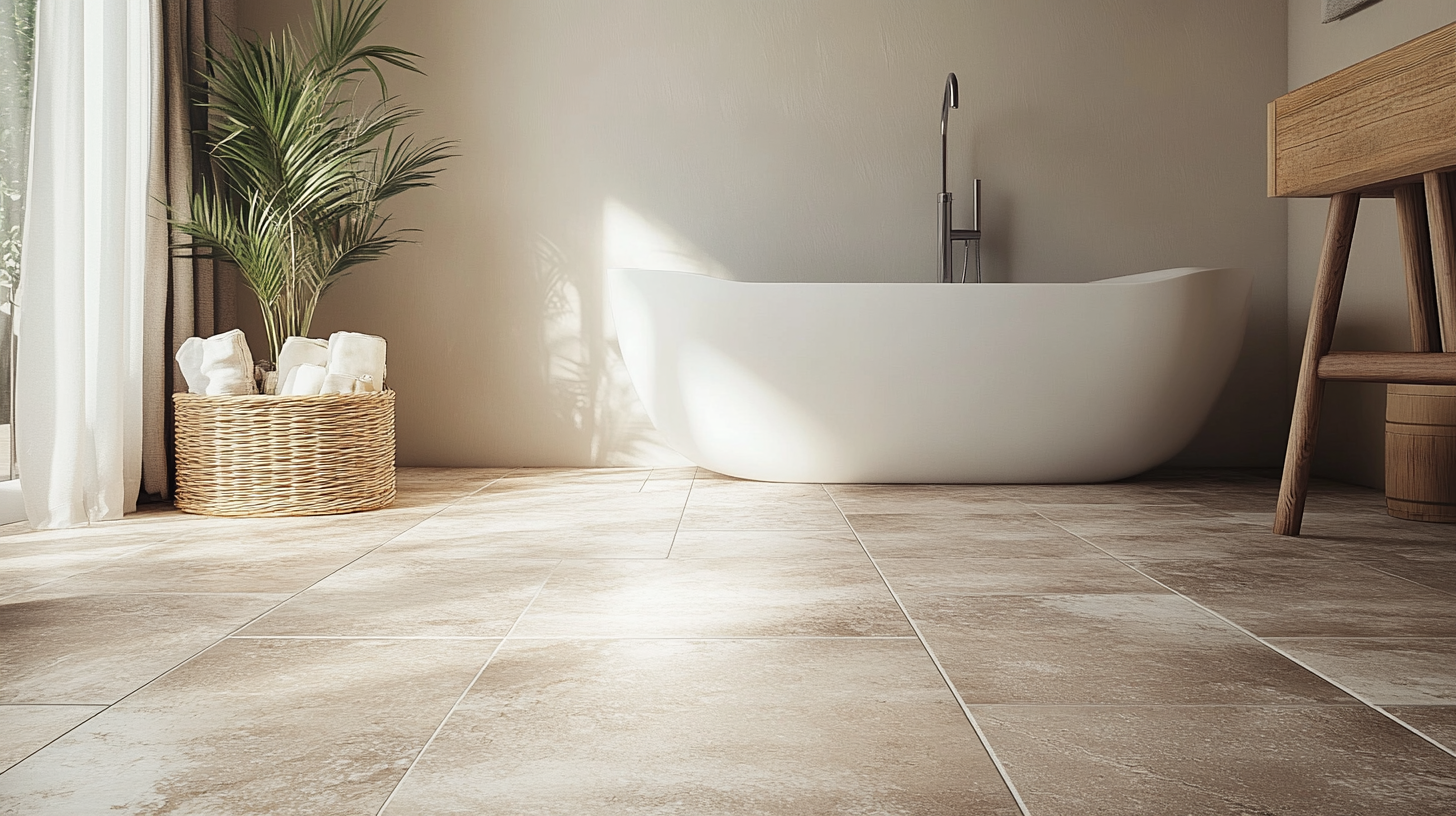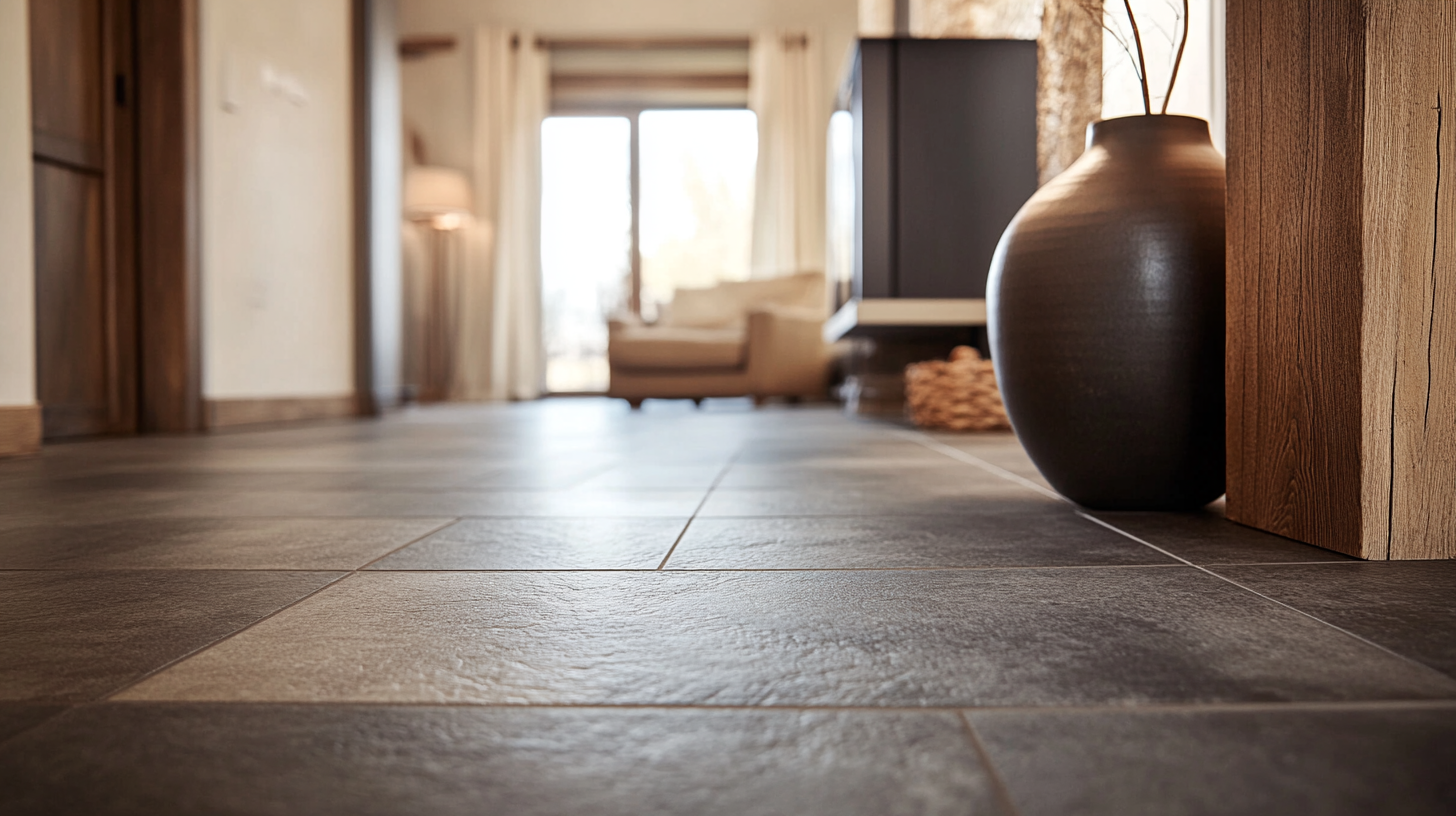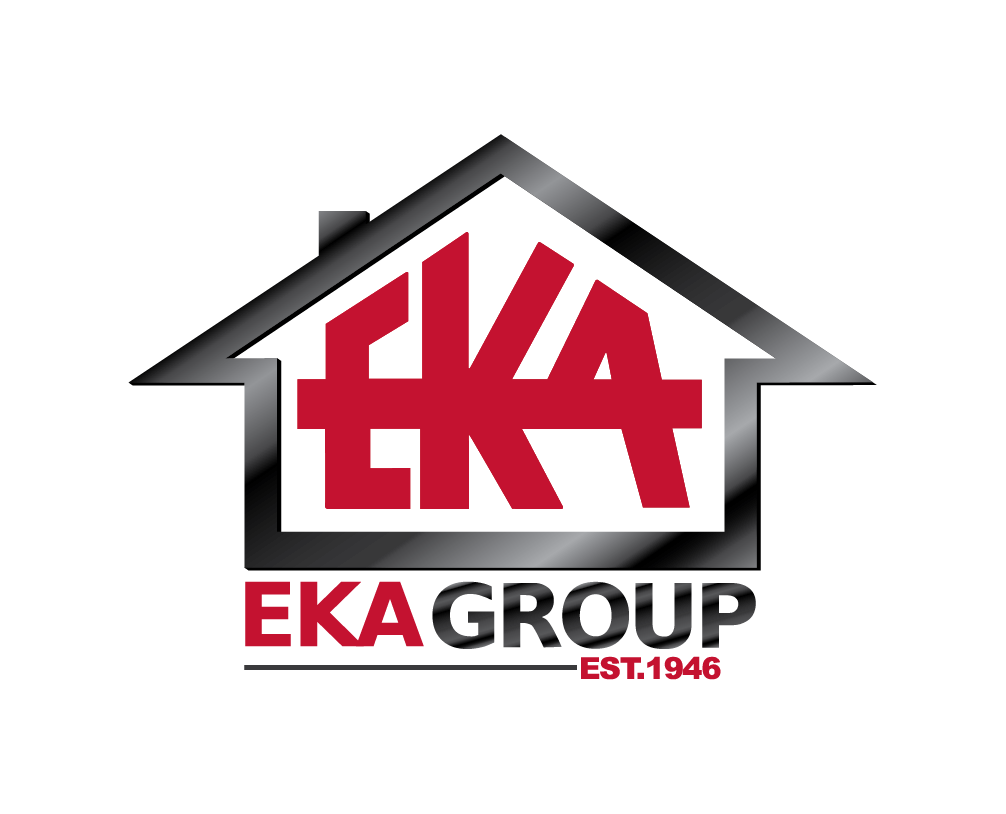
Tile Look Vinyl Flooring vs. Traditional Tiles: A Comprehensive Cost-Benefit Analysis
In recent years, the flooring industry has witnessed significant innovations, leading to a rising interest in various materials that mimic the look and feel of traditional options while offering added benefits. Among these, Tile Look Vinyl Flooring has gained substantial traction, particularly due to its aesthetics, affordability, and ease of installation. According to a report by the Freedonia Group, the vinyl flooring market is projected to reach $13 billion by 2026, driven largely by the demand for resilient and visually appealing flooring options. This growth highlights a shifting consumer preference towards alternatives that combine style with functionality.
When comparing Tile Look Vinyl Flooring to traditional tiles, it’s essential to consider factors such as cost, installation time, durability, and maintenance. Traditional ceramic or porcelain tiles often demand higher upfront costs, averaging between $3 to $15 per square foot, excluding installation, according to HomeAdvisor. In contrast, Tile Look Vinyl Flooring can be installed for as little as $1 to $5 per square foot, making it a more budget-friendly option for homeowners and property developers alike. This comprehensive cost-benefit analysis will delve deeper into these aspects, offering a clear perspective for those considering a flooring upgrade.

Understanding Tile Look Vinyl Flooring: Features and Benefits
Tile look vinyl flooring has gained popularity as a stylish and economical alternative to traditional tiles. One of its standout features is its ability to mimic the appearance of ceramic or stone tiles while providing a softer, warmer feel underfoot. This can enhance the overall comfort of a space, making it ideal for areas that require longer periods of standing, such as kitchens, dining rooms, and living areas.
In addition to aesthetics, tile look vinyl flooring offers several practical benefits. It is water-resistant, which makes it a suitable choice for high-moisture environments like bathrooms and laundry rooms. Unlike traditional tiles, which can be cold and hard, vinyl planks provide insulation and cushioning, leading to less fatigue during long periods of use. The ease of installation is another significant advantage; many vinyl products come with peel-and-stick options or can be easily clicked together, greatly reducing labor costs and time compared to traditional tile installation.
Maintenance is also simplified with tile look vinyl. This flooring type is generally easier to clean and requires fewer specialized treatments than natural tile, which can be prone to staining and require sealing. With just regular sweeping and occasional mopping, homeowners can keep vinyl floors looking pristine. Overall, tile look vinyl flooring combines aesthetic appeal with practicality, making it a compelling choice for modern interior design.
Tile Look Vinyl Flooring vs. Traditional Tiles: A Pie Chart Comparison
Exploring Traditional Tiles: Materials, Aesthetics, and Durability
When considering flooring options, traditional tiles remain a popular choice due to their timeless aesthetics, diverse materials, and durability. Available in ceramic, porcelain, and natural stone, traditional tiles offer a wide array of textures, colors, and patterns that can enhance any space. Ceramic tiles, for example, are commonly used for their versatility and ability to mimic the appearance of more expensive materials. Meanwhile, porcelain tiles boast an even denser and less porous surface, making them ideal for high-traffic areas and moisture-prone environments.
Aesthetics play a vital role in the appeal of traditional tiles. From classic subway patterns to intricate mosaics, these tiles can cater to various design preferences, allowing homeowners to create personalized and inviting spaces. Moreover, the natural variations found in stone tiles, such as marble or slate, add unique character to flooring that is hard to replicate with synthetic alternatives.
In terms of durability, traditional tiles are renowned for their longevity. Porcelain tiles, in particular, are extremely resistant to wear and staining, providing an excellent choice for both residential and commercial uses. Their ability to withstand harsh conditions while maintaining their aesthetic appeal makes them a favored option among designers and homeowners alike. With proper installation and maintenance, traditional tiles can last for decades, making them a worthwhile investment in the long run.
Tile Look Vinyl Flooring vs. Traditional Tiles: Cost Comparison
Cost Comparison: Tile Look Vinyl Flooring vs. Traditional Tiles
When considering flooring options for your home, the cost often plays a pivotal role in the decision-making process. Tile look vinyl flooring and traditional tiles offer distinct advantages and disadvantages, especially when it comes to price. Tile look vinyl flooring typically comes at a lower initial cost compared to traditional ceramic or porcelain tiles. Installation of vinyl flooring can also be more economical, as it is usually easier and quicker to install, potentially saving on labor costs if you're hiring professionals.
In terms of long-term expenses, traditional tiles may require more maintenance, including grouting repairs and regular sealing, which can add to their overall cost. Conversely, tile look vinyl is known for its durability and water resistance, making it less prone to damage and requiring minimal upkeep. This durability can translate into savings over time, as homeowners may face fewer replacement or repair costs. Ultimately, while traditional tiles may offer a luxurious feel and aesthetic, the cost benefits of tile look vinyl flooring can be a more appealing choice for budget-conscious consumers.
Tile Look Vinyl Flooring vs. Traditional Tiles: A Comprehensive Cost-Benefit Analysis
| Feature | Tile Look Vinyl Flooring | Traditional Tiles |
|---|---|---|
| Cost per square foot | $2 - $5 | $5 - $15 |
| Installation Cost | $1 - $3 per sq ft | $3 - $10 per sq ft |
| Durability | 10-20 years | 50+ years |
| Water Resistance | Excellent | Good |
| Maintenance | Low | Medium |
| Comfort underfoot | Soft and warm | Hard and cold |
| Style Variety | High | Medium |
Maintenance and Longevity: Which Flooring Option Lasts Longer?
When considering flooring options, maintenance and longevity are critical factors that can significantly impact overall costs and satisfaction with the space. Tile look vinyl flooring has recently gained popularity due to its affordability and aesthetic appeal. According to the Resilient Floor Covering Industry (RFCI), vinyl flooring can last between 10 to 20 years, depending on usage and maintenance. This compares favorably to traditional ceramic or porcelain tiles which can last anywhere from 20 to 50 years with proper care. However, it’s important to note that while traditional tiles have a longer lifespan, the maintenance requirements can vary greatly.
The maintenance aspect of these two flooring options is also worth examining. Tile look vinyl generally requires less maintenance, as it is resistant to stains and moisture. A report from the National Tile Contractors Association (NTCA) indicates that grout lines in traditional tile can be a breeding ground for mold and mildew, requiring regular sealing and cleaning. This not only takes time but can also lead to additional costs over the lifespan of the flooring. On the other hand, vinyl can simply be wiped clean, making it a more convenient choice for busy households.
Moreover, when analyzing longevity in terms of wear and tear, tile look vinyl boasts a viable reputation. Studies by Floor Covering Weekly highlight that vinyl can withstand high foot traffic and is less prone to cracking compared to traditional tiles. This resilience makes it an attractive option for both residential and commercial spaces. Ultimately, while traditional tiles may offer greater longevity, the ease of maintenance and durability of tile look vinyl flooring positions it as a strong contender in the flooring market.

Installation Process: Time and Labor Considerations for Each Flooring Type
When it comes to choosing between tile look vinyl flooring and traditional tiles, the installation process represents a critical element that can significantly impact the overall cost and convenience of your project. Vinyl flooring typically boasts a much simpler installation process, often requiring only a clean and level subfloor. Many homeowners opt for peel-and-stick or click-lock vinyl planks, which allow for a DIY installation, saving on labor costs and minimizing the timeline. In many cases, vinyl can be installed in just a day or two, quickly transforming your space with minimal disruption.
In contrast, traditional tiles require a more labor-intensive installation process. This often includes several steps like laying down cement backer board, applying thin-set mortar, and properly grouting the tiles once they are set. This method not only requires specialized tools and materials but also a skilled installer to ensure precision and longevity, which can considerably inflate labor costs. The entire process can take anywhere from several days to weeks, depending on the size of the area and the complexity of the design.
Ultimately, while traditional tiles offer a timeless aesthetic, their installation demands more time and expertise. Conversely, tile look vinyl flooring provides an expedient and more accessible alternative, appealing to those who wish to save on both installation time and labor.


